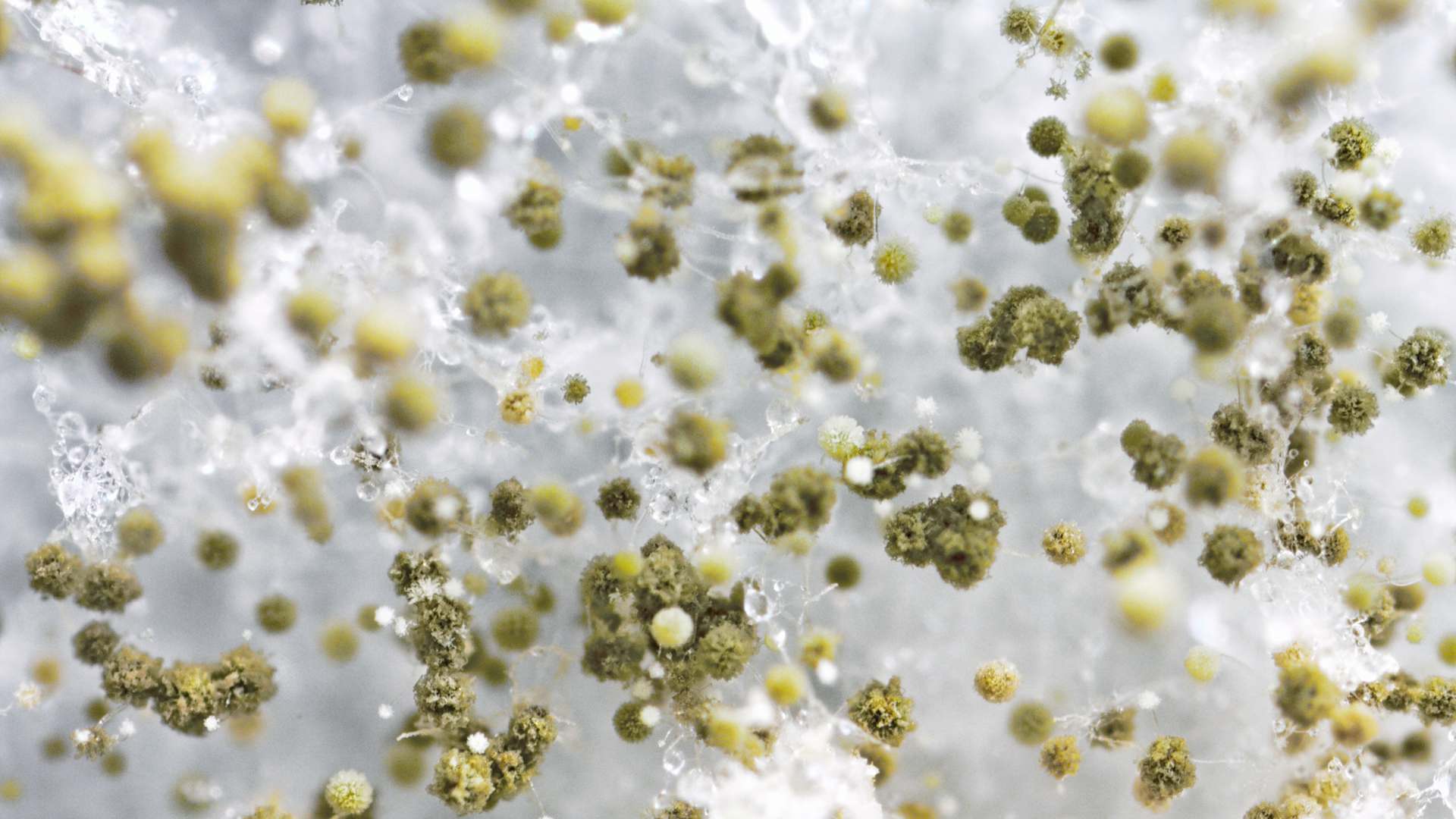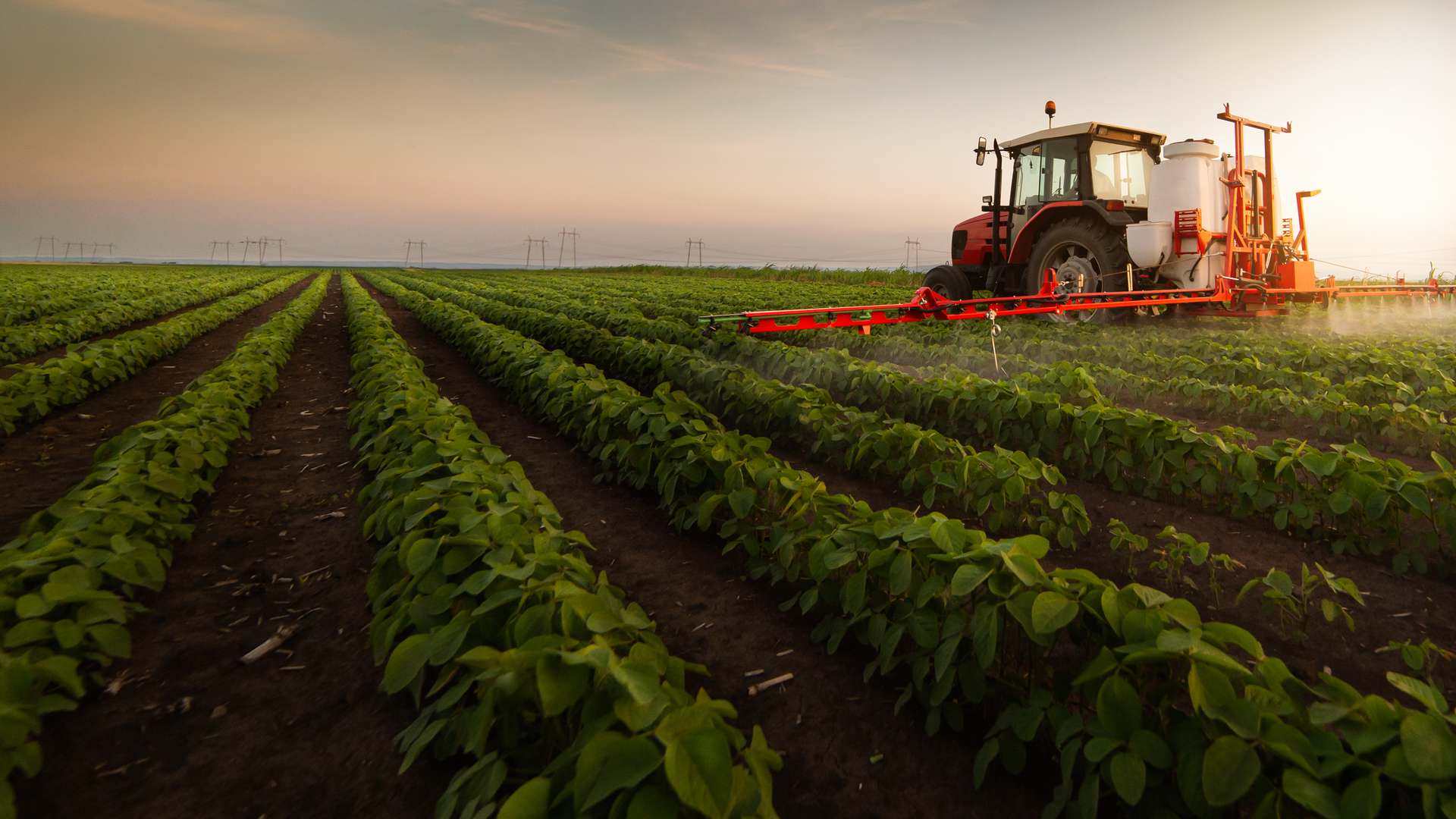The microbiome beneath your feet: How microbes are saving agriculture
The microbiome beneath your feet: How microbes are saving agriculture

Manager - Fermentation

“We know more about the movement of celestial bodies than about the soil underfoot,” said Leonardo da Vinci in the 16th century. Fast forward to the 21st century and the sentiment still stands: the soil ecosystem is a vast, biodiverse habitat, containing a microbial community of bacteria, fungi, archaea, protists and viruses, that we are only just starting to comprehend.
“We know more about the movement of celestial bodies than about the soil underfoot,” said Leonardo da Vinci in the 16th century. Fast forward to the 21st century and the sentiment still stands: the soil ecosystem is a vast, biodiverse habitat, containing a microbial community of bacteria, fungi, archaea, protists and viruses, that we are only just starting to comprehend. Thousands of microbial species per gram of soil exist in, what is known as, the soil microbiome. Why are we interested in the soil microbiome? Because it holds powerful and beneficial properties, with natural solutions to some of our big problems.
This includes the production of natural products, for example antibiotics, anticancer and immunosuppressive agents, carbon capture from atmospheric carbon dioxide into the soil, decontamination of brownfield sites by bioremediation , and aiding flood management systems by protecting the physical composition of soil.
Understanding the potential of the soil microbiome
The soil ecosystem has a significant impact on food security. The chemical and biological interactions between soil microorganisms and the roots of plants, called the rhizosphere, bring huge benefits for crop health, protection and yield. In the rhizosphere, the microbial population is even more crowded, with tens of billions of microbial cells in just one teaspoon of soil. Epiphytes (microbes existing outside the plant) and endophytes (those existing within plants) protect plants from environmental stress, invading pests and pathogens, and promote plant disease resistance mechanisms.
Organic compounds, such as humic acids or phytohormones, produced by soil microorganisms stimulate root formation resulting in stronger plant growth. These microbes produce antibiotics, antifungal agents and insecticidal toxins to ward off pests and plant pathogens; outcompeting pathogens for infection sites or nutrients. A primary function of the rhizosphere is that it facilitates nitrogen and phosphate availability by mobilising nutrients from the soil, sometimes working symbiotically within the plants.
The plants providing nutrients to the nitrogen-fixing microbes in exchange for a usable source of nitrogen like ammonia and microbes such as Bacillusand fungi solubilise inorganic phosphate from the soil and mobilise it into plants. However, soil health has been negatively affected by conventional agricultural practices and climate change. Intensive farming, continuous cropping and heavy use of chemical pesticides and fertilisers, has resulted in a decline in soil health, and an adverse effect on the size and composition of microbial populations of soils.
Compounding this is the increasing frequency of climate extremes brought on by climate change such as flooding and drought. One solution is the agricultural use of soil inoculants – products containing beneficial bacterial or fungal spores or cells. This is not a new concept, but progress in instigating biological products as a better alternative to traditional chemical agricultural products has been slow. This is largely due to limitations in technical knowledge for efficient production, lack of acceptance by growers and absence of a regulatory framework for use.

Bringing biosolutions to the market
In 2019 a new EU regulation was introduced to regulate the use of fertilisers and harmonise the market for production of these compounds. For the first time, it recognises the use of microorganisms as bio-stimulants within organic fertilisers, aiming to instigate registration of these products by 2022. Regulatory approval of biological agricultural products is also in place in the US, Canada, Brazil, India and China, providing a quality and safety framework for their registration and use.
All of this contributes to inflating growth of the market for biological agriproducts, the current outlook is that the global biofertilizer market has an estimated value of 2.3 billion US dollars and it is projected to increase to 3.9 billion in 2025. Across the global market, a few big-name players occupy a major share of the agricultural biologicals sector, with a huge geographical presence in terms of manufacturing, R&D units, and distribution partners being key to their impact. These companies include Bayer AG, UPL, Syngenta AG, and BASF SE. Other contributors include Isagro S.p.A. (Italy), Marrone Bio Innovations (US), Valent Biosciences (US), Koppert Biological Systems (Netherlands), Stockton Bio-AG (Israel), Lallemand (Canada), Certis USA LLC (US), and Valagro S.P.A (Italy) (marketsandmarkets 2020).
In the UK, many SME’s are developing technology in the area of biological agriproducts. These include Nottingham based SME Azotic Technologies who worked closely with CPI to develop and scale-up its technology from proof-of-concept to a commercial product, enabling market entry in the US in Spring 2019. Azotic Technologies Envita™/N‑Fix® technology, is a bio-fertiliser that fixes nitrogen from the air, reducing the need for ammonium-based fertilisers that can lead to nitrogen pollution (19). A recent greenhouse gas impact study in North America suggested that use of Envita™ nitrogen-fixing bacteria reduces carbon footprint in corn while increasing yields.
FungiAlert (based in Rothamsted Research, Harpenden) have designed a targeted sampling strategy for a given crop and geography, resulting in a library of specific crop-associated microorganisms. This will be used to identify microbial bio-control, bio-stimulant and bio-fertiliser candidates in a cost-effective and efficient way, and to reduce the discovery phase of the development process for biological products. Russell Bio (Flint, UK) develop and manufacture a range of biocontrol and bio-stimulant products based on soil microbes such as Bacillus amyloliquefaciens targeting wheat, barley, fruit and vegetable crops. Legume Technology (Nottingham, UK) have developed a range of Rhizobium, mycorrhizal fungi and Bacillus based products for wheat, corn, soybean, peas and cover crops; both distribute globally.
In order for more of these products to be commercialised there are many hurdles to jump, and there are many still in the laboratory.

What challenges remain
Production of high-quality microbes for sale requires development of fermentation processes yielding high numbers of living cells. This often requires up to 100 billion cells per millilitre for the economics of a scaled-up process to stack up. Loss of cell viability is a key issue that must be avoided during downstream processing if a dried product is required, as many of the commercially scalable drying methods can kill up to 90% of the cells, unless some effort is spent developing the process. Product formulation of biological agriproducts is key area that requires attention. Issues such as how to keep the microbial cells alive on the shelf, given that market requirements can be 1 – 2 years in variable temperatures. Equally there is the issue of how to avoid product degradation by contamination, which can be solved by formulation.
Nitrogen fixing bacteria rhizobia were traditionally formulated as a dried product, with low cost additions such as peat, but due to the impact drying can have on process cost and cell viability there is more desire to develop liquid formulated products, and in this area there is still potential innovation to be realised. The greater the focus on R&D in developing biologicals, the sooner the agritech industry can deliver more sustainable, safe and effective products into the market. In addition to technical developments, there is more work to be done in educating growers on the use of biological products and their benefits both on crop yield and for the environment. Only then will the industry be able to make this significant contribution towards sustainable agriculture.
Enjoyed this article? Keep reading more expert insights...
CPI ensures that great inventions gets the best opportunity to become a successfully marketed product or process. We provide industry-relevant expertise and assets, supporting proof of concept and scale up services for the development of your innovative products and processes.